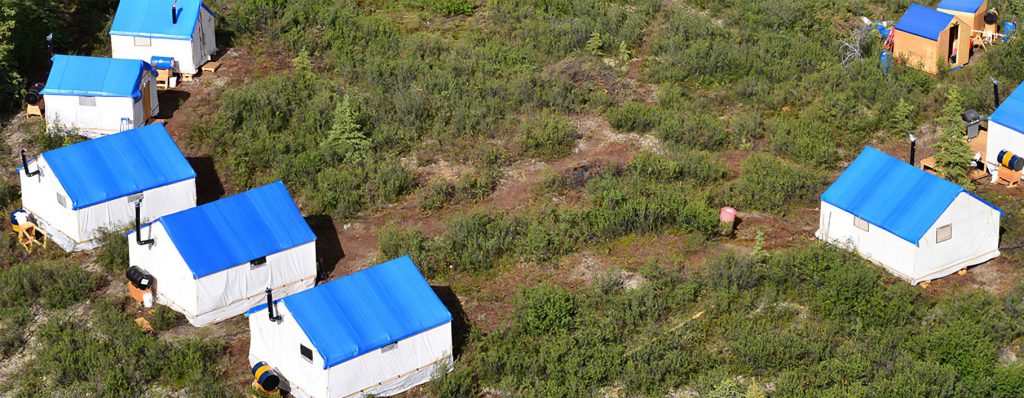Independence Gold expands 3Ts property by 28,100 hectares, British Columbia

Independence Gold Corp. [TSXV: IGO; OTCQB: IEGCF] has acquired 17 additional mineral claims covering an area of 28,100 hectares, significantly expanding its 3Ts project in central British Columbia. The 3Ts project is located approximately 185 km southwest of Prince George and now comprises 31 mineral claims covering approximately 35,486 hectares in the Nechako plateau region.
The project is situated 16 km southwest of Artemis Gold Inc.’s Blackwater mine and covers a low-sulphidation epithermal quartz-carbonate vein district, within which 19 individual mineralized veins, ranging from 50 metres to more than 1,100 metres in strike length and with true widths up to 32 metres, have been identified.
The newly acquired claims encompass ground underlain by Middle Jurassic Hazelton group rocks, which is the same geological setting that hosts the known mineralized veins at 3Ts. A comprehensive review of historical geochemical data has identified anomalous gold, silver, copper, lead and zinc concentrations in sediment samples. Many of these geochemical anomalies correspond with structural features identified in historical geophysical surveys, displaying characteristics similar to the mineralized host structures within the existing 3Ts project.
The prevailing geological model for the 3Ts region suggests that upwelling magma created dome-like surface features. As these magma bodies deflated, arcuate fault structures formed around their peripheries, providing key fluid pathways for mineral deposition. These structural controls are believed to be fundamental in the formation of the high-grade gold-silver veins at 3Ts and will serve as a primary exploration focus for the newly acquired ground. Independence Gold is planning an exploration program for the summer that will include airborne geophysics, detailed mapping and prospecting to identify high-priority target zones.
Independence Gold is a well-financed mineral exploration company with holdings ranging from early-stage grassroots exploration to advanced-stage resource expansion in British Columbia and Yukon.
